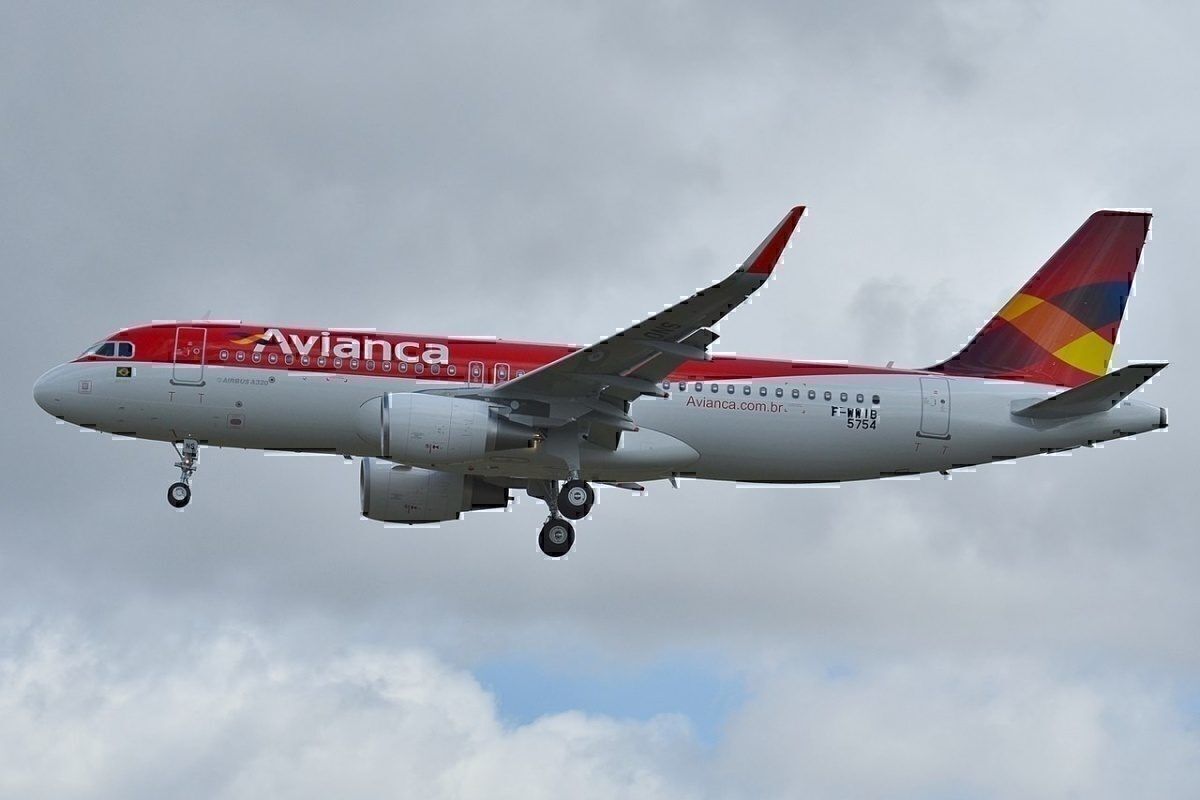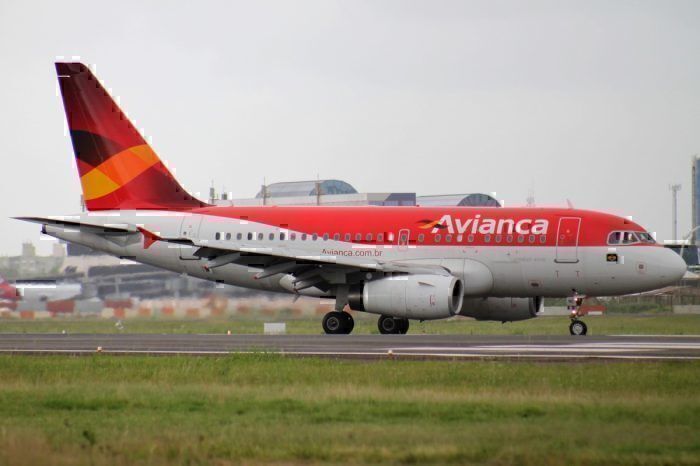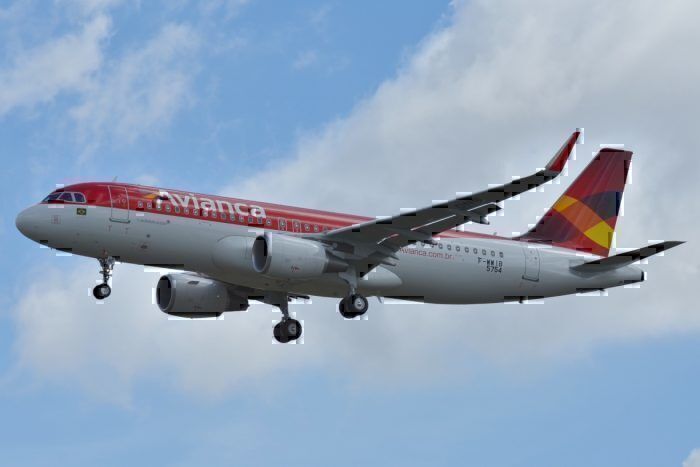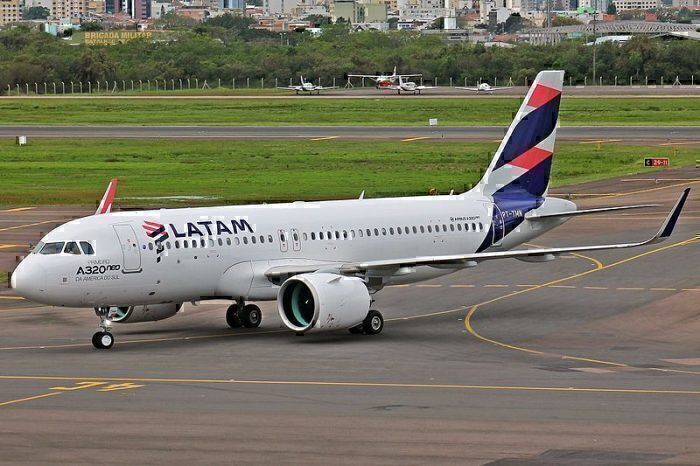Avianca Brasil is officially leaving the Star Alliance on September 1st, 2019 after only four short years in the program.
Also known officially as Oceanair Linhas Aéreas S/A, Avianca Brasil started life in 1998 as an air taxi company flying workers from São Paulo to the Campos Basin oil fields. In 2002, Oceanair, as it was called then, began to fly scheduled services linking São Paulo, Rio de Janeiro, Macaé and Campos.
As Oceanair became better known to the public, the airline started a regular service from its base at Congonhas International Airport Sao Paulo (CDH) to Santos Dumont Airport in Rio de Janeiro (SDU) via Sao Paulo–Guarulhos International Airport (GRU).
It was cheaper to fly between Sao Paulo’s two main airports than take a taxi
At the time, using an Oceanair flight between Sao Paulo’s two major airports was cheaper than taking a taxi.
In 2004, the owners of Oceanair (Synergy Group) bought Colombian national flag carrier Avianca and, as a result of the purchase, Oceanair became a feeder airline for flights to Guarulhos. Now with Oceanair firmly linked to the better known Avianca, in 2010 the Synergy Group decided to rebrand the airline and call it Avianca Brasil.
Avianca Brasil had to wait until 2015 to join the Star Alliance
Avianca Brasil’s bigger cousin, Bogotá based Avianca Colombia was accepted into the Star Alliance in 2010. While the holding company that owned both airlines wanted Avianca Brasil enrolled too, they got knocked back due to an out-dated IT platform.
Now with its systems updated to a higher standard, Avianca Brasil was accepted into the Star network in 2015.
At the time both Avianca companies used the same livery. The only way to tell if the aircraft was Colombian or Brazilian was to either look at the registration or a small Brazilian flag under the cockpit window.
With big plans for the future, Avianca Brasil was looking to not just fly domestic flights in Brazil, but expand internationally throughout South and North America.
This expensive leap proved to be too much for Avianca Brasil. As it was owned separately from the Colombian arm of the group, it meant there was no help coming when things started to fall apart.
Avianca Brasil officially filed for bankruptcy late in 2018, and in May of 2019, United Airlines took legal against Avianca Chairman German Efromovich after he defaulted on a $456 million partnership loan.
Now with the wheels completely off the bus, Avianca Brasil has ceased operations and as a direct result, the airline's membership in the Star Alliance will end.
Avianca Brasil's demise will come as a blow to domestic Brazilian travel
The loss of Avianca Brasil will leave a hole in the Star Alliance's reach in South America. However, it won’t be a massive gap, as Avianca Colombia flies to most of South America on short-haul routes.
Panama’s national airline Copa Airlines also fills in some of the gaps left by Avianca Brasil's departure. The big losers in Avianca Brasil’s demise will be the airline's former passengers who now may be forced to fly non-Star member flights.
The big winner in Avianca Brasil leaving the Star Alliance could be Oneworld airline LATAM. The Santiago based Chilean flag carrier is the Star Alliances biggest rival on the continent with hubs in Brasilia, Sao Paulo and Rio de Janeiro.
LATAM also provides important connection points for American Airlines and British Airways, offering their passengers onward travel on regional flights. Now with Avianca Brasil no longer in the picture, don’t be surprised if LATAM moves in to pick up some of the missing market share.




